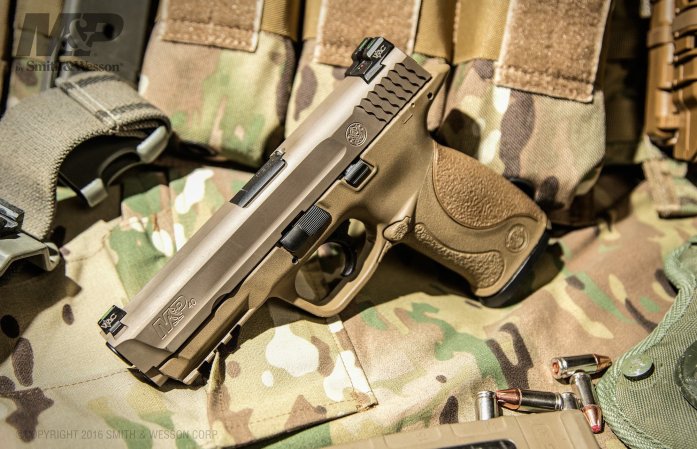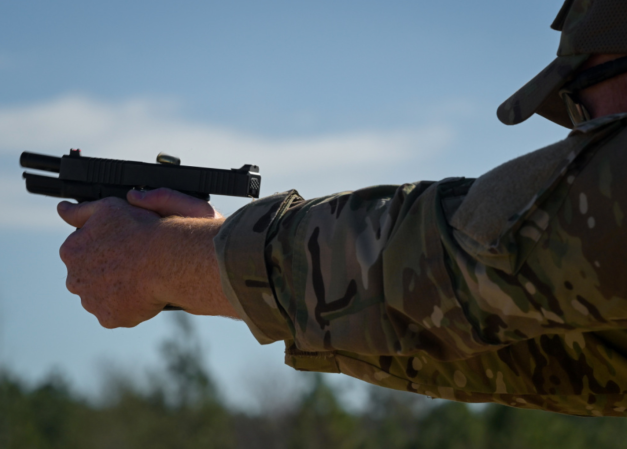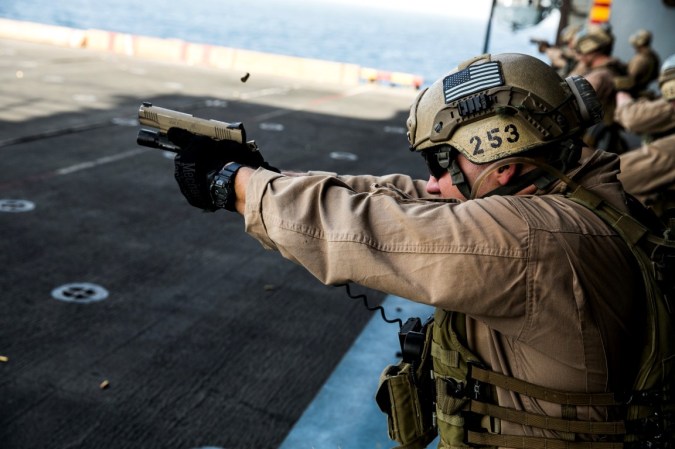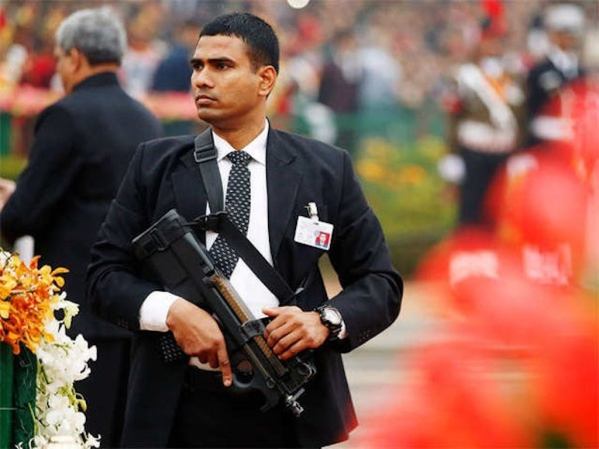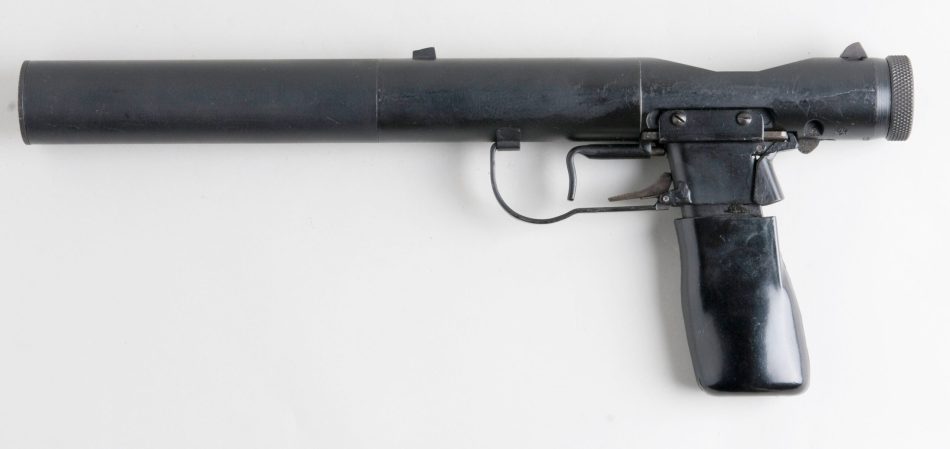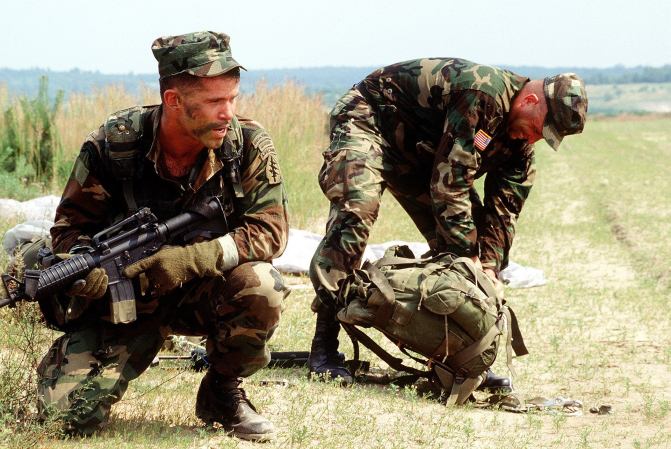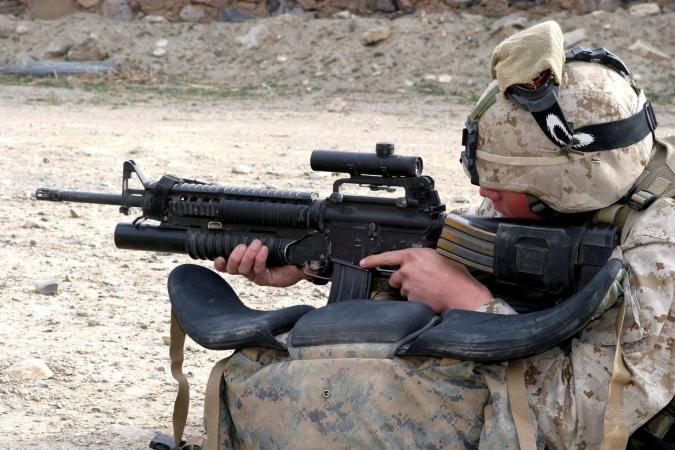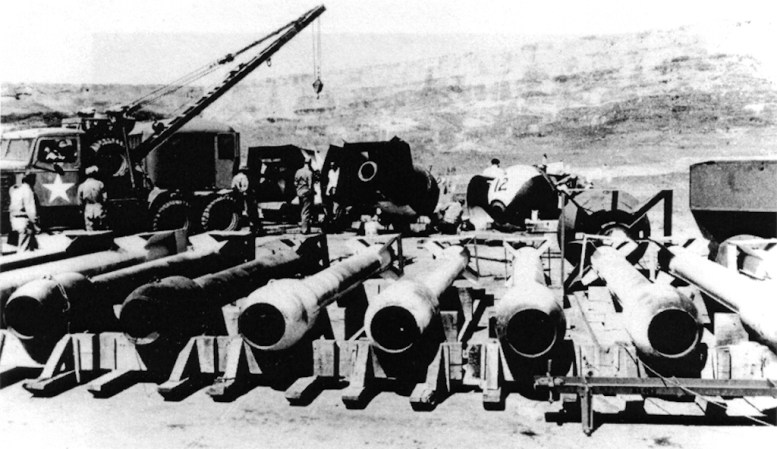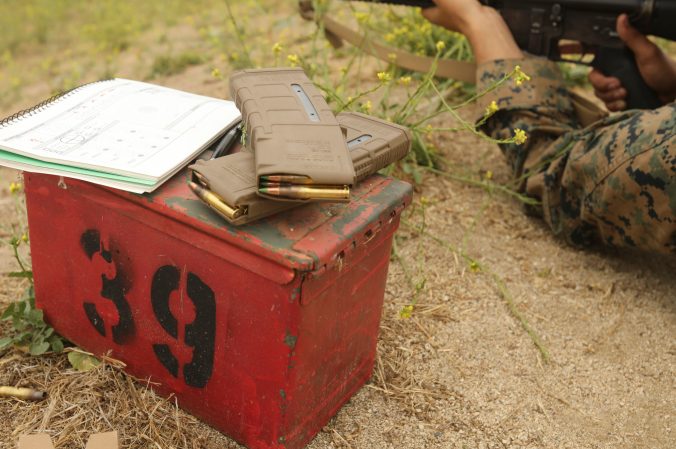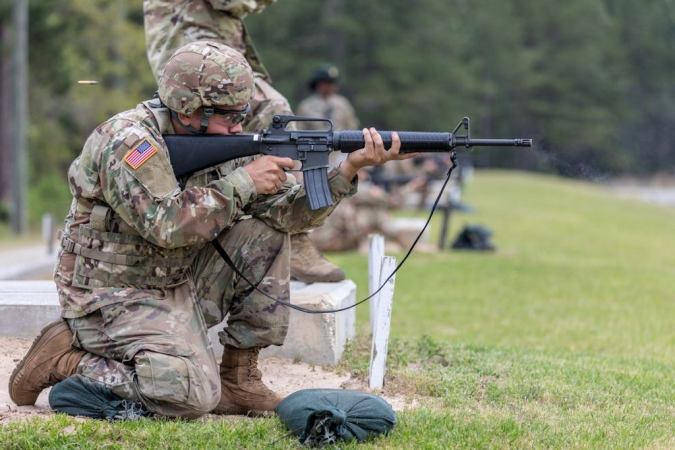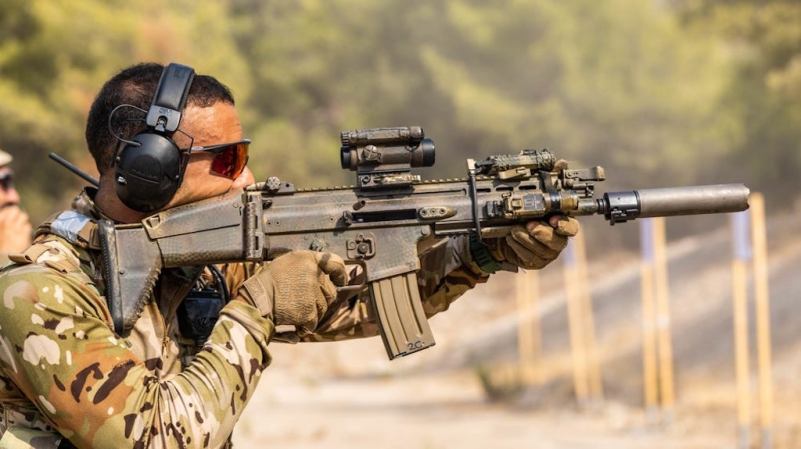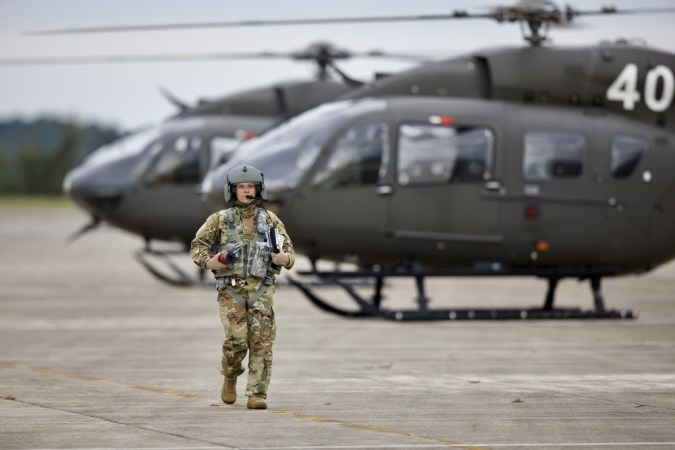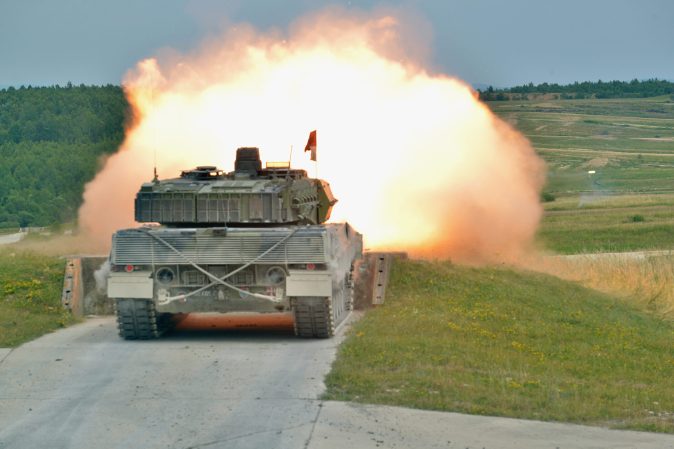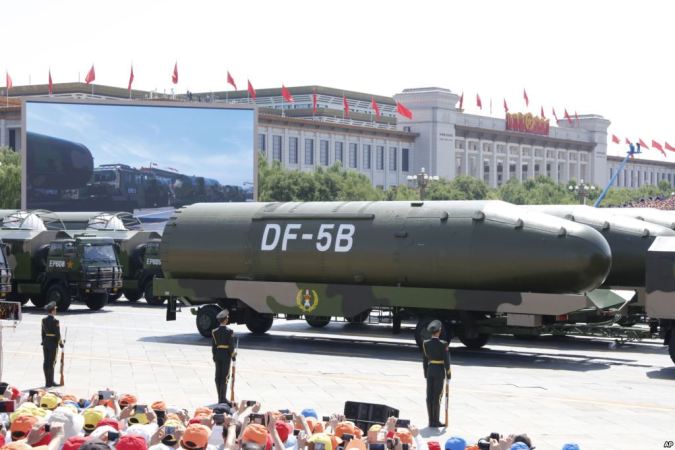So you want a Glock 40? You know that’s chambered in 10mm Auto, right? Oh, you want a Glock chambered in .40 Smith & Wesson? Take a look at the Glock 22 or 23. No, the Glock 22 isn’t chambered in .22 LR. For that, you want a Glock 44, which isn’t chambered in .44 Magnum. What Glock models do you want? Glock’s naming scheme can be confusing, but it gets easier once you understand the reason behind it.
History of Glock Models
When Gaston Glock set out to design a handgun, he had zero firearms design or manufacturing experience. In fact, he got his start making curtain rods in the 1960s and Austrian military knives in the 1970s. Glock assembled a design team of European military, police and sport shooters to create an optimal pistol. What they came up with was the iconic Glock 17. With a magazine capacity of 17 rounds of 9x19mm, the Glock 17’s name makes sense…except that its name has nothing to do with its capacity. The Glock 17 was the 17th patent acquired by company. That’s how Glock numbers its pistols. With that established, let’s wade into world of Glock model numbers.

9x19mm
After the Glock 17 was adopted by the Austrian military as the P80, Glock developed a machine pistol for use by Austria’s elite counter-terror unit, EKO Cobra. Using the next patent in line, the full-size, full-auto pistol was named the Glock 18. Further building on the success of the 17, Glock next released the compact 19. With a shorter barrel and grip, the Glock 19 has a magazine capacity of 15 rounds and is easier to carry or conceal. The Glock 19 has also been adopted by USSOCOM as the MK27 Mod 2 and the Marine Corps as the M007. Shrinking the 19 further, Glock brought the subcompact Glock 26 to market with a magazine capacity of just 10 rounds.

Going in the opposite direction, Glock introduced a long-slide version of the 17 dubbed the Glock 17L. Another long-slide, full-size model, designated the Glock 34, features a shorter barrel than the 17L and was designed for competition. The Glock 19X was designed for the Army’s Modular Handgun System competition and features a compact Glock 19 slide on a full-size Glock 17 frame. This layout was later copied and updated to create the Glock 45. These full-size models feature the same frame size and have a standard capacity of 17 rounds. Never mind that the 19X comes with +2 baseplates.
10mm Auto

10mm was meant to give law enforcement more stopping power than 9mm. Glock developed the full-size Glock 20, subcompact Glock 29 and long-slide Glock 40 chambered in the larger round. Similar to the Glock 17, 26 and 17L, respectively, the 10mm Glocks were slightly larger than their 9mm counterparts in order to handle the higher pressures of 10mm. The larger 10mm also meant a slightly lower magazine capacity of 15 rounds for the full-size-framed Glock 20 and 40. Surprisingly, the subcompact Glock 29 maintained a capacity of 10 rounds. However, the FBI found the recoil of 10mm to be too much for some of its agents to handle. This resulted in a scaled-down cartridge: .40 S&W.
.40 S&W

Despite being developed by Smith & Wesson, .40 S&W first came to market with the full-size Glock 22 and compact Glock 23 in 1990. The FBI adopted the .40 S&W Glocks and law enforcement agencies across the country followed suit. Glock followed up with the long-slide Glock 24, subcompact Glock 27 and competition-length Glock 35.
The .40 S&W Glock lineup mirrored the 9mm lineup, at least until the release of the 19X and 45 in the 2010s, but featured slightly lower magazine capacities across the board due to the larger cartridge. The Glock 22 was the first Glock adopted by the U.S. military, seeing service in the 2000s with elite Delta Force operators.
.45

For those who insist on carrying a .45 ACP, Glock offers the full-size Glock 21, subcompact Glock 30 and competition-length Glock 41. Noticing that modern .45 ACP cartridges have excess space in the case thanks to more efficient gunpowder technology, Glock commissioned the creation of the .45 Glock Auto Pistol cartridge.
Using the same bullet diameter as .45 ACP, .45 G.A.P. has a much smaller cartridge volume that delivers the same power. For its .45 G.A.P. lineup, Glock offers the full-size Glock 37, compact Glock 38 and subcompact 39.
Other calibers

If you must know, Glock makes pistols chambered in .357 SIG: the full-size Glock 31, compact Glock 32 and subcompact Glock 33. Have you noticed the pattern yet? There are also the compact Glock 25 and subcompact Glock 28 chambered in .380 ACP. Finally, the compact Glock 44 replicates the size and feel of the Glock 19 but shoots the more economical .22 LR cartridge.
Slimline frames

The aforementioned pistols, minus the Glock 44, use double stack magazines. Within each caliber family, magazines from larger pistols can be used in smaller pistols. If a full-size Glock 17 is carried as a primary weapon, a backup Glock 26 allows the use of 17-round magazines in both pistols.
However, Glock has since introduced slimline frame handguns with single stack magazines. Strangely, the first in this series was the subcompact Glock 36 chambered in .45 ACP.
Next came the subcompact Glock 42 in .380 ACP and Glock 43 in 9x19mm. Remember how the 19X used a compact Glock 19 slide with a longer grip? The Glock 43X uses a Glock 43 slide with, you guessed it, a longer grip. Taking the Glock 43X and stretching out its slide, the compact Glock 48 is roughly the size of a Glock 19, but slimmer.
Feature Image: U.S. Army



